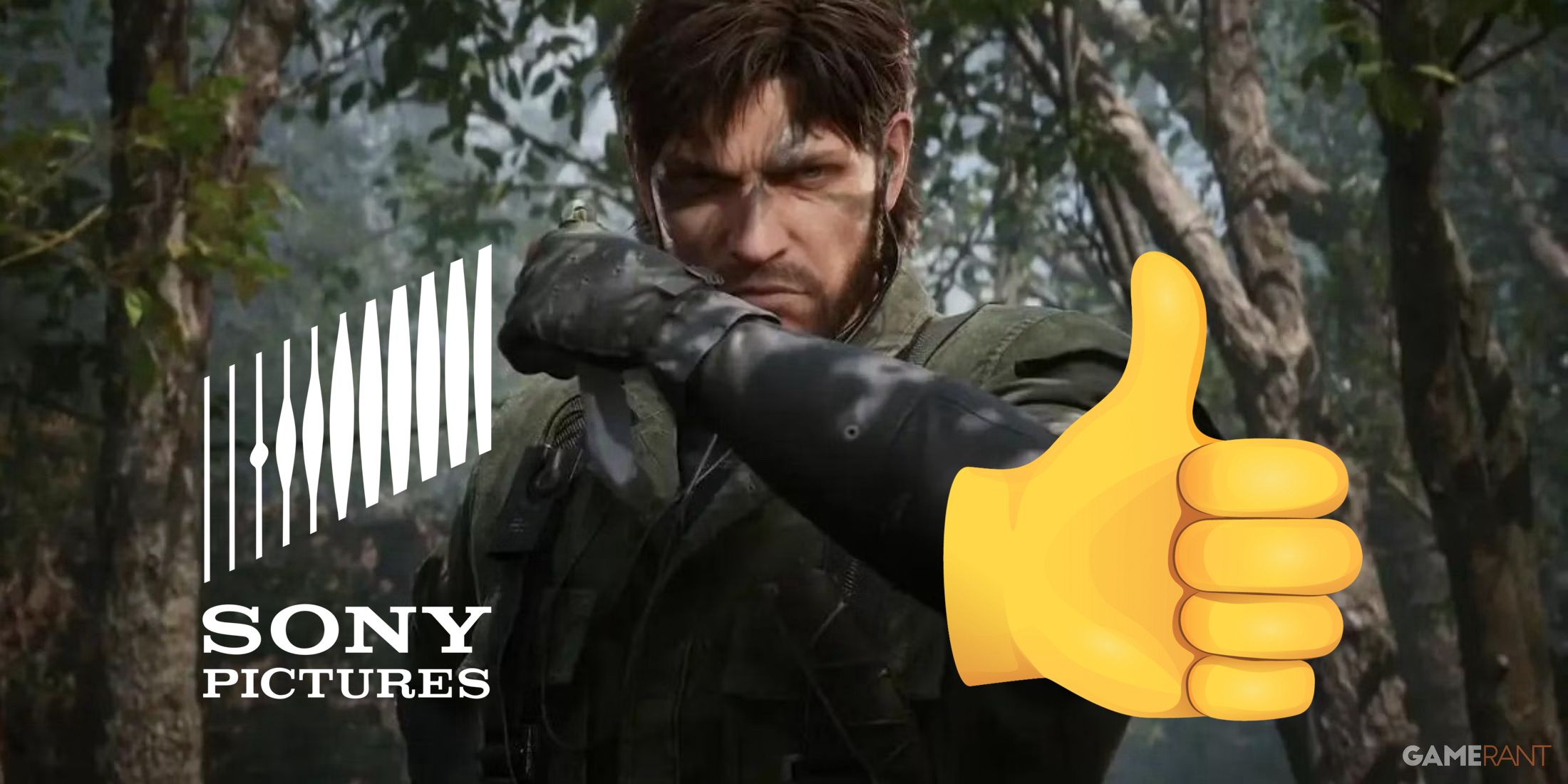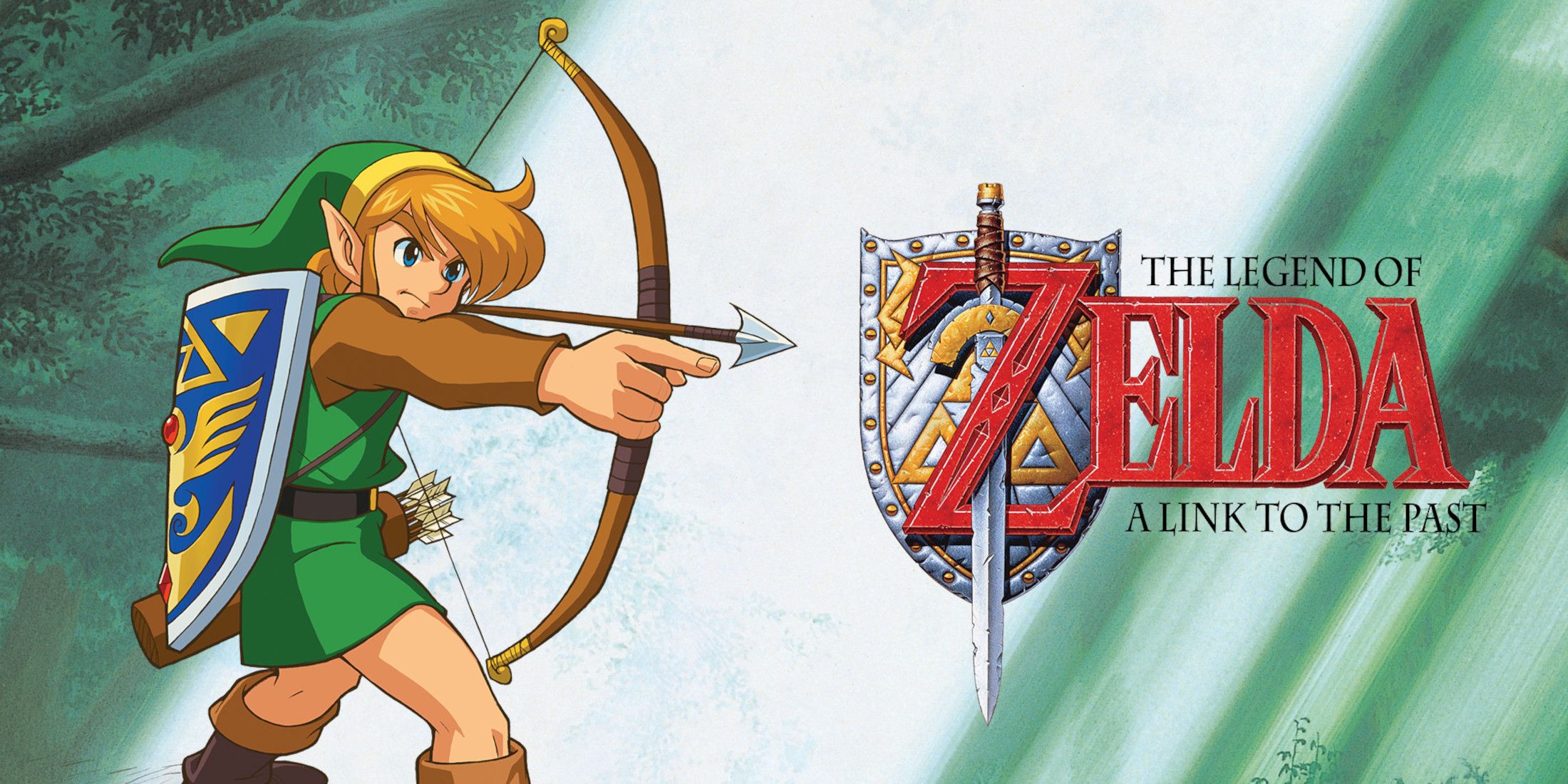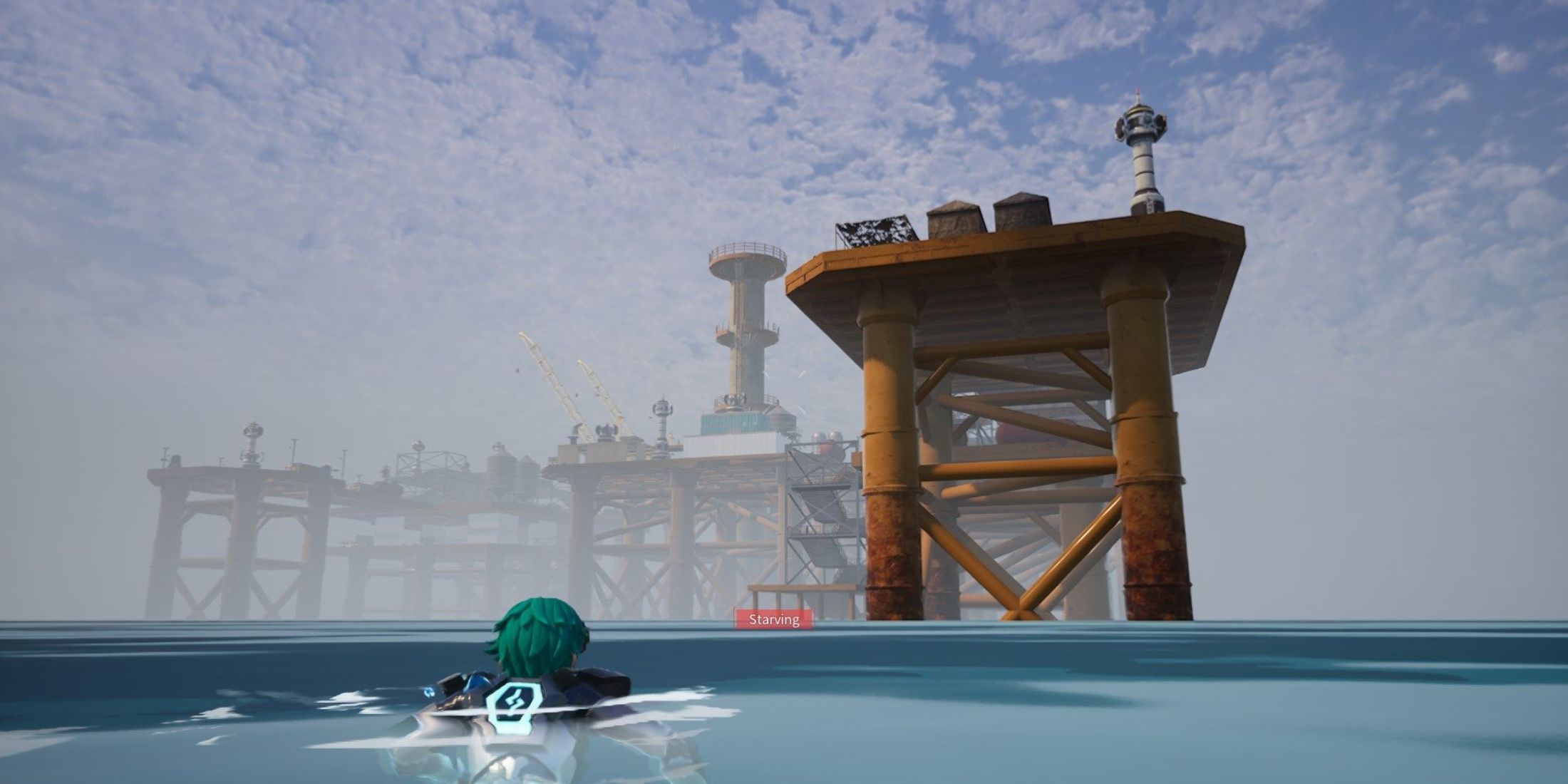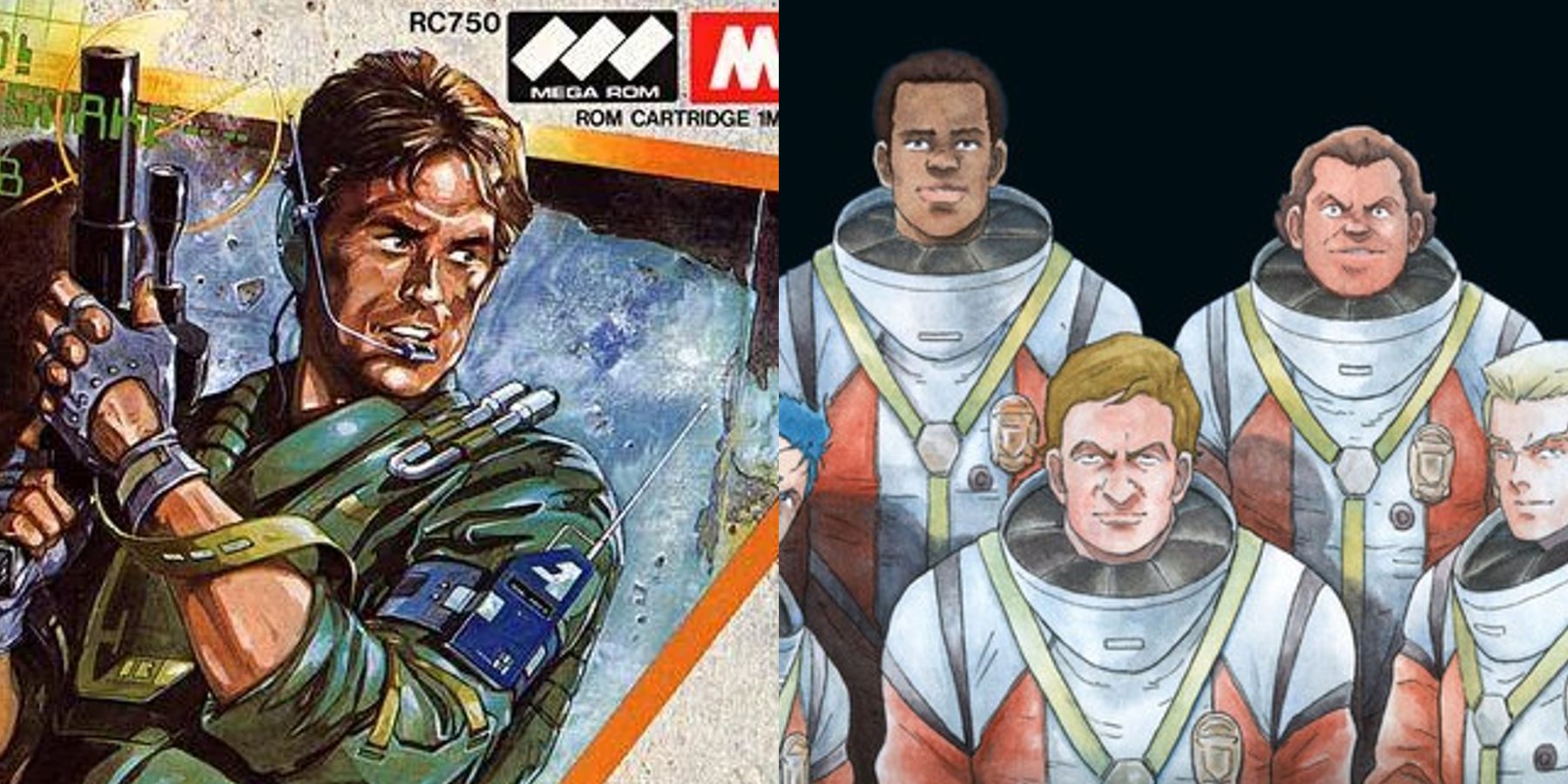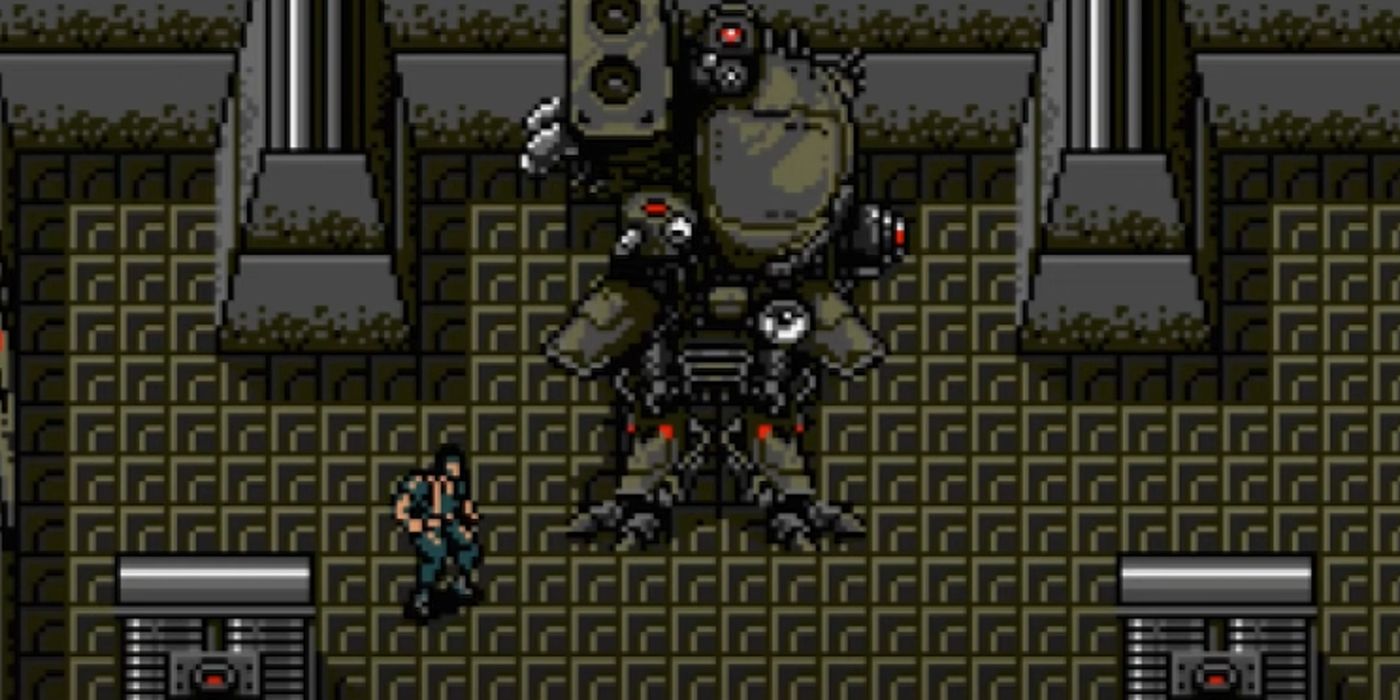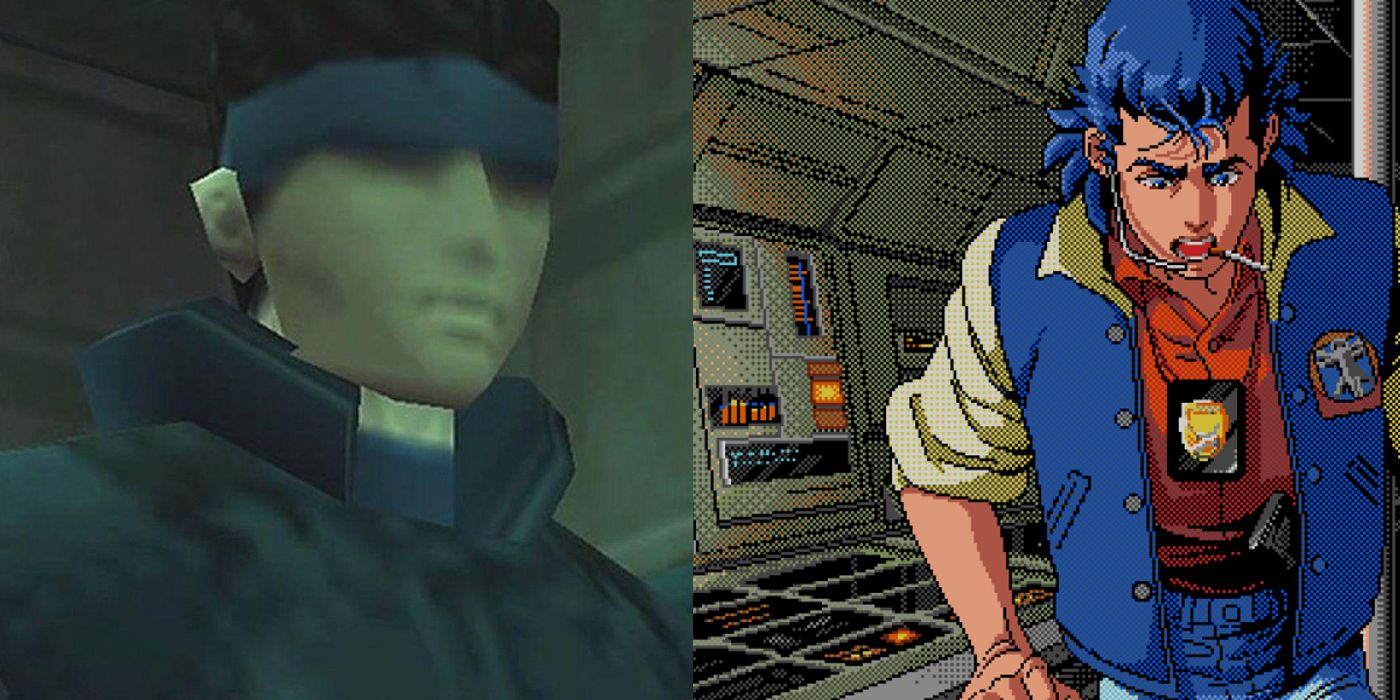Hideo Kojima is arguably among the best-known names in gaming. From early days cutting his teeth at Konami to his most recent efforts with Death Stranding, Kojima has remained an important figure throughout his time working on games. When Kojima formed Kojima Productions as a subsidiary of Konami in 2005, Konami retroactively attributed his early works to Kojima Productions. Despite departing from Konami in 2015, his company is also still credited with legendary early titles like Metal Gear.
While Kojima, and by extension Kojima Productions, rose to international stardom after the success of Metal Gear Solid and its sequels, his work in the 80s and 90s helped establish many of Kojima Productions' most famous franchises. As fans wait to see what's to come after Death Stranding, it's worth looking back at the titles that brought Kojima to prominence.
Kojima Productions in the 1980s
In 1986, Hideo Kojima began work at Konami on a little-known platformer called Penguin Adventure, but the following year Kojima was called up to replace a senior employee working on Metal Gear. While Metal Gear lacked much of the sophisticated stealth elements that characterize the franchise today, it was here that Kojima established the cornerstones that were later perfected in 1998's Metal Gear Solid. It also introduced many of the most memorable characters from the franchise including Solid Snake, Big Boss, and Gray Fox, as well as the gritty aesthetic that became indicative of Metal Gear games.
Following his work on Metal Gear, Kojima began on an adventure game called Snatcher. Though it never enjoyed the same level of success, Snatcher remains one of Kojima's most notable works, and maintains an enduring legacy among fans and critics due to being one of the earliest cyberpunk titles. Despite never getting a modern port beyond the PlayStation, Snatcher is famous for informing the design Kojima's later works in the Metal Gear Solid series, as well as Death Stranding.
Kojima Productions in the 1990s
If the '80s were formative years for Kojima Productions, the '90s are when it truly started to build upon the foundations laid out. To kick the decade off, Kojima worked on Metal Gear 2: Solid Snake, a title which was much closer to the franchise as it is currently known. It continued the espionage and Cold War-inspired themes of Metal Gear, but built upon earlier stealth mechanics by adding roaming enemies with a larger field-of-view, as well as the ability for enemies to detect sound cues such as footsteps or gunshots. Metal Gear 2: Solid Snake is also the title responsible for instituting the now-famous alert system, wherein guards chased Snake until the timer ran out.
Like Metal Gear 2: Solid Snake built upon the foundations of Metal Gear, Policenauts built upon Snatcher. Policenauts was dark and thought-provoking, exploring themes that would later be expanded upon in future Kojima games. Unfortunately, both Policenauts and Snatcher have suffered from a lack of modern ports, and are largely forgotten by most fans despite being critically acclaimed works in their own right.
Kojima capped off the 90s with his arguably most famous work, Metal Gear Solid. With the release of the PlayStation, Kojima could finally begin perfecting the ideas explored in Metal Gear and Metal Gear 2: Solid Snake. He crafted a game that not only expanded upon earlier stealth mechanics, but incorporated themes from adventure games like Snatcher and Policenauts for deeper narratives. With a myriad of interesting boss fights, a sophisticated plot, and inventive mechanics, Metal Gear Solid helped shape the stealth genre, and marked the point when Kojima Productions would become a household name.

